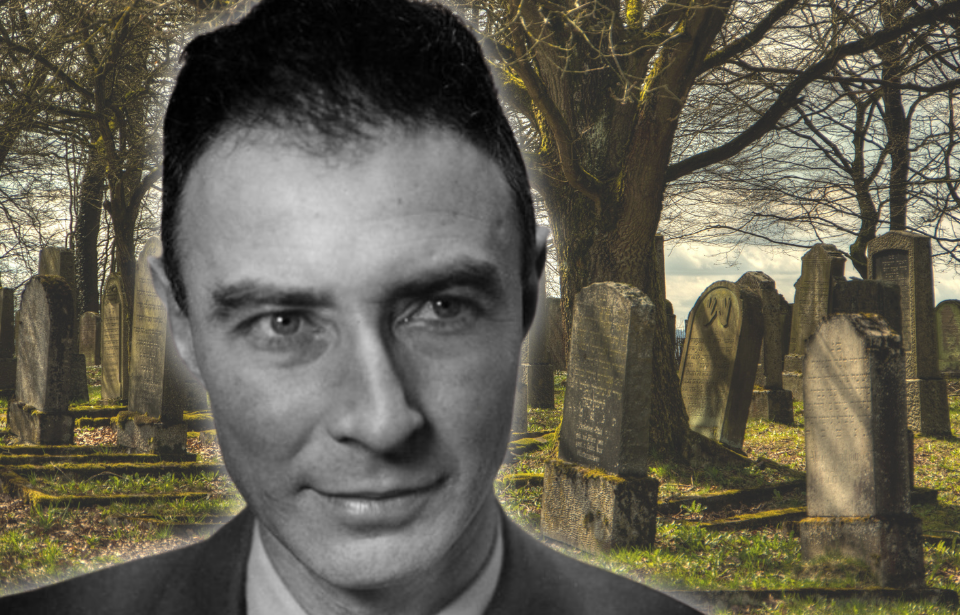J. Robert Oppenheimer fled to the Virgin Islands
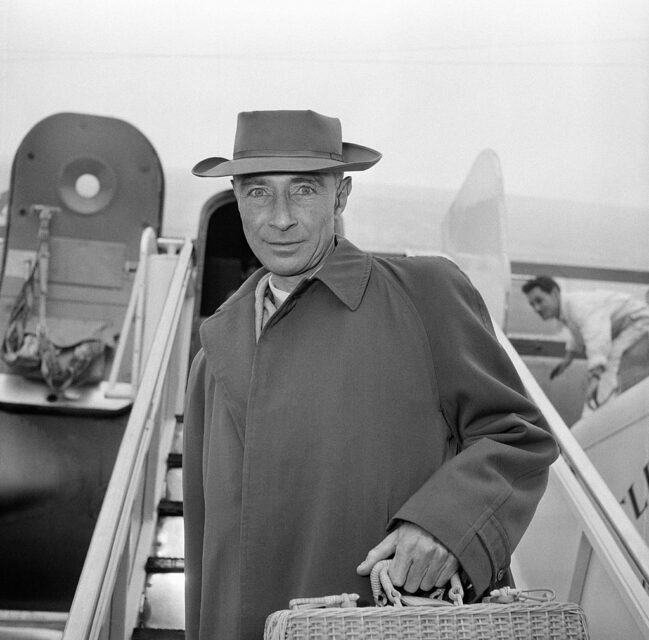
Ten years after the Trinity Test, J. Robert Oppenheimer withdrew from public life. In 1955, he relocated to the Virgin Islands with his wife, daughter, and son. The family made their home on a quiet, two-acre property overlooking Hawksnest Bay on St. John—a location scarcely noted on most maps.
Why did J. Robert Oppenheimer retreat from society?
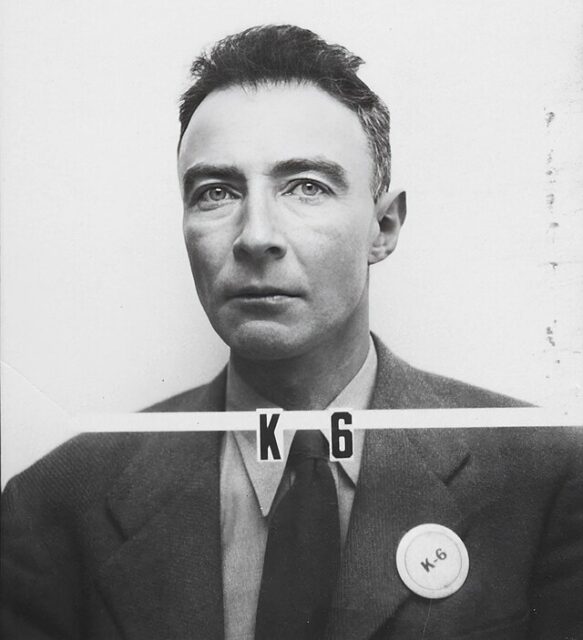
J. Robert Oppenheimer’s retreat from society stemmed from a combination of factors. His involvement in classified U.S. military projects subjected him to persistent government surveillance. Seeking to escape the watchful eye of the FBI, he moved to St. John, where he could freely indulge in his passions for sailing and poetry without fear of being observed.
Additionally, his increasing unease about the catastrophic potential of nuclear weapons influenced his decision to retreat. As an advocate for anti-nuclear views, he regarded the Virgin Islands as a refuge, believing they might avoid the impact of nuclear fallout. Oppenheimer and his family lived there for 12 years, and in honor of his time on the island, a beach was later named after him.
Opting for cremation, not a burial

J. Robert Oppenheimer does not have a traditional grave, as he chose cremation. Known for his complex beliefs, Oppenheimer was deeply skeptical of the notion of an eternal soul, shaping his view of death as a final end—much like the atomic bomb detonation he had once witnessed.
Following his death from throat cancer on February 18, 1967, he was cremated.
While there is no conventional gravesite, those wishing to honor him can visit Oppenheimer Beach in the Virgin Islands, the location where his wife scattered his ashes at Carvel Rock at his request.
Tragedy continued to befall the Oppenheimer family
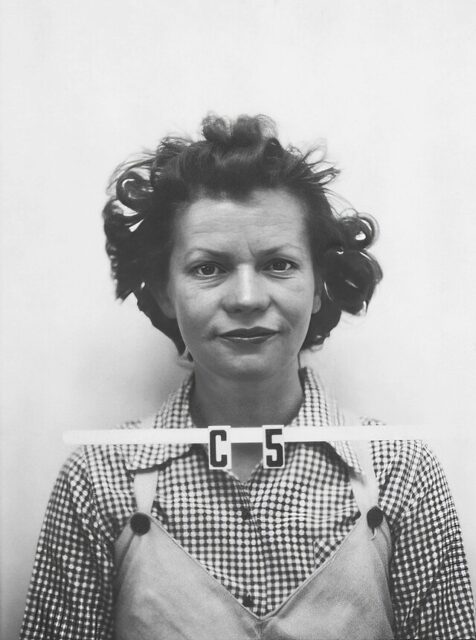
Tragically, the shadow of loss lingered over the family even after J. Robert Oppenheimer’s passing.
Five years after his ashes were scattered, his daughter carried out the same ceremony to honor her mother, Oppenheimer’s wife, upon her death. Just five years later, Katherine took her own life.
A lasting memorial to J. Robert Oppenheimer
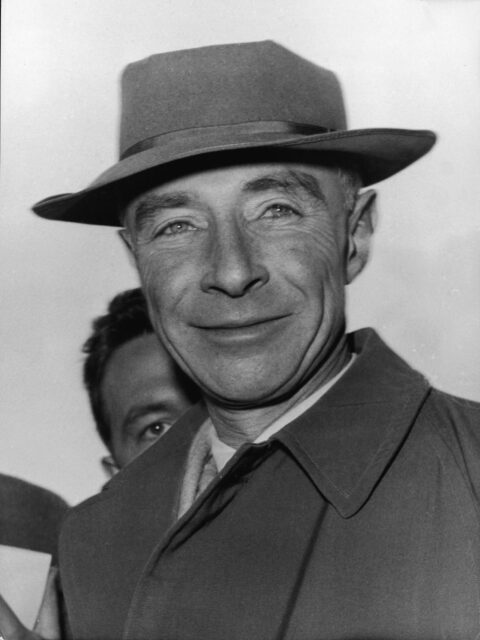
Want War History Online‘s content sent directly to your inbox? Sign up for our newsletter here!
The modest Oppenheimer bungalow had remained within the family after J. Robert Oppenheimer’s passing. However, prior to her death, Katherine penned a note that left the property to “the people of St. John.” While the original home no longer exists, having fallen victim to a hurricane, the Virgin Islands Government operates and maintains a community center nearby.
